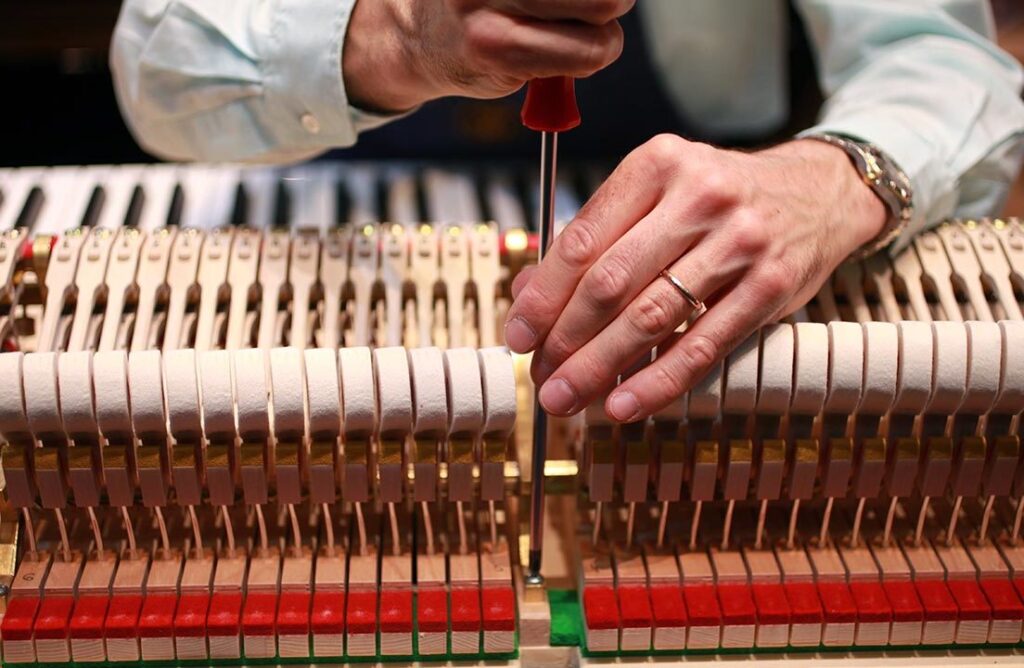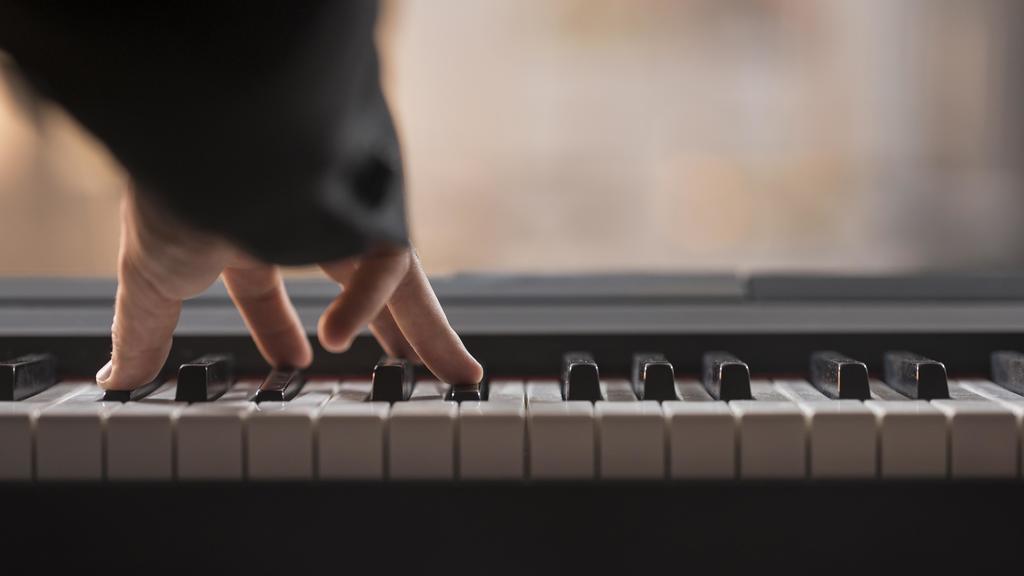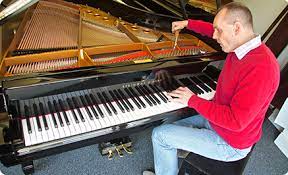Aside from the fact that a piano is bulky and very big, it is a melodious instrument that has been beautifully created with many soft keys which will swell or shift when touched or in response to climate.
A piano will remain in good shape and retain its value and rich sounds when carefully maintained.
Content Navigation
How Much Does Tuning A Piano Cost?

Tuning a piano should be done regularly when you intend to keep using your piano for a long time; this is normally part of the costs of owning a piano.
The amount for tuning a piano differs in cities or types of piano, especially if the piano requires repairs or lots of tuning sections. But the averagely reasonable amount of tuning any piano ranges from about $64 to about $224.
Tuning a piano is something that mostly experienced professionals do and not just some random person because pianos are delicate crafts and should be handled with great care.
Some piano tuning technicians accept their payment through different ways, checks, credit cards, cash, or any other means of payment.
Basics in tuning pianos
When tuning a piano, the technician mainly adjusts the spring tension on all the piano strings continually until each of the strings vibrate properly as they should and makes the right sounds.
The standard way of tuning a piano is using the “A440” method. A440 means that the A keynote about the middle C must vibrate at 440 cycles per second.
Tuning a piano is based on math because each note on the keyboard board must vibrate at a certain frequency which must be calculated when tuning a piano.
All experienced pianists mostly use the standard tuning in a piano. However, when they perform with people using other instruments, the whole song, sound, and rhythm will perfectly harmonize.
It is why the A in the next octave must vibrate at precisely 880 cycles per second, and the A in the next lower octave vibrates at exactly 220 cycles per second.
Importance of tuning a piano
A pianist must regularly tune their piano for regular maintenance of a piano. Ruining your piano regularly helps keep the tension on the piano strings going and avoid the strings loosening too much, thereby making it necessary for the technician to check your piano for any sign of key damage to the actions or soundboard.
Most piano manufacturing companies recommend tuning your piano at least three times or two times a year. However, there may be times when your piano will need some additional tuning.
Newly bought pianos all require up to three times or four times of tuning every year initially to give each of the strings much time to stretch and settle.
However, other piano instruments used frequently in practice rooms, piano schools, piano studios, churches need more than four tuning a year because their frequent and excessive use will affect the strings and sound of the keys.
In addition, when the location of a piano has newly been changed, it will need to be tuned due to humidity changes; pianos used for recording or public or private performance will need tuning before they are used.
Cost factors of tuning a piano
The cost factor of tuning a piano differs because the technicians can change at any time; when the tune of your piano is severely out of place or broken, the piano tuners will first have to raise the pitch of the piano keys before tuning the piano.
In other words, this means that the piano tuner will adjust the piano strings until they vibrate faster than A440; this will make the strings over-stretch. However, the over stretched strings will later settle down at A440, after which the piano tuner will properly tune the piano.
When you wait too long before tuning your piano again after its last tuning section, or when you change the location of your piano, and there is an increase in the humidity levels, the piano’s soundboard will expand largely and contract.
This will be termed an unevenly tuned piano issue, increasing the cost factor of tuning your piano. The piano tuner will then have to tune the piano back to itself until each keynote at each octave matches. And after that is done, will the piano tuner be able to fix and tune your piano properly.
Another issue that can affect the cost of tuning a piano is when the piano needs some major repairs before You can tune the piano. Or when your piano needs correction of loose tuning pins, replacing overused or old strings, repairing a faulty soundboard, or replacing a damaged soundboard.
A technician must first correct all of these wrongs in your piano before tuning the piano, and as you know, all this additional work will increase the cost price.
Can you tune a piano yourself?

If you have been wondering, tuning my piano is very expensive, can I do it myself instead? The answer is a YES and a NOT REALLY. You can decide you no longer want to pay such huge amounts to tune your piano, and you want to do it yourself, you can.
You have to get a few tools and some piano tuning lessons from an experienced professional or the internet; the best will be to learn from a piano tuning professional.
While you may tune your piano yourself with just the proper tool and assistance, lesson, or guidance, it will be best for you to allow a professional piano tuning technician to help you tune your piano. That way, you are sure you have provided your piano with the best care and treatments.
Plus, just a few lessons and online videos might not do the trick because there will still be the thing you don’t know about fixing a piano. Most piano tuning technicians make a career out of tuning a piano and spend years perfecting their skills. But it isn’t completely impossible to learn how to tune your piano yourself.
How To Properly Tune A Piano Yourself
There are a few steps to follow if you know how to tune your piano properly. And continuous practice will make you perfect at it.
Step1: Getting The Proper Tools
You won’t be able to tune your piano without the proper tools for tuning a piano. At the very least, you will have to get these three most important tools: A tuning lever, An electronic chromatic tuner, and numerous tuning muted. The first step towards learning how to tune your piano properly is settled.
Step 2: Knowing How To Remove Piano Cover In Other To Access The Tuning Pins.
After you have gathered up all the necessary tools you need for tuning a piano, you will have to remove the piano’s cover to be able to access the tuning pins and key strings.
You can access the tuning pins by sliding the music stand-off above the keyboard if your piano is a grand piano. While upright pianos normally have a hinge that will allow the top of the piano to open very easily.
Step3: Practicing How To Tune Single Notes
When tuning single notes, you have first to silence the strings you’re not working on presently by using rubber wedges.
Then place your tuning lever on top of the pin and turn gently. When you want to lower the piano’s pitch, you should turn the anti-pin clockwise, but you will turn the pin clockwise when you want to make the pitch higher.
Your electronic tuner will ensure you don’t tune the notes too flat or too sharp. When tuning, always remember to do so in octave relating to the first note tuned. For example, when you tune middle A, use middle A to tune lower A.
And pianos are designed to sound heavenly when tuned at A440; in other words, A4 is tuned so the sound waves passing will vibrate at 440Hz.
Step4: Making use of piano tuning software
Due to the availability of advanced technology, it can be easiest to be sure that each note has been properly tuned. Several available professional piano tuning software can offer more accuracy and control than a chromatic tuner. One of the various piano tuning apps is Entropy.
This application will help you record how the keys on your piano sounds. It will automatically help you know the best tuning for your piano. You can also adjust your piano with the app’s electronic tuner.
When you maintain your piano properly, your piano will last longer and produce good melodies. It is best to tune your piano up to four times in the first year of purchase and tune two or three times after the first year.

